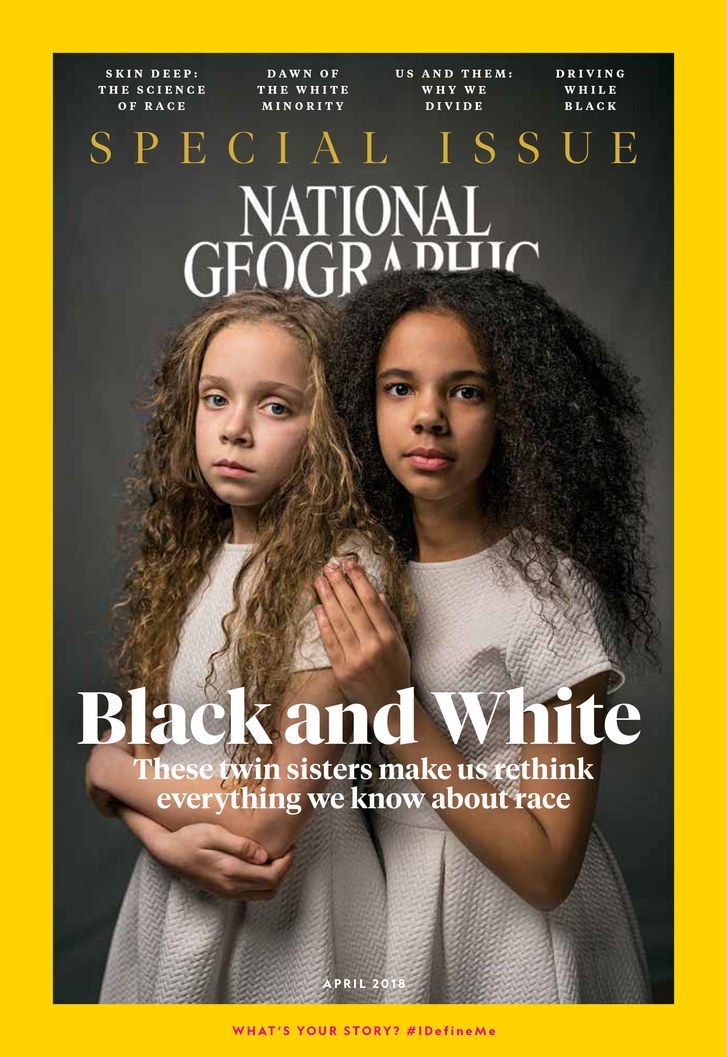
 The National Geographic: 'For decades, our coverage was racist'
The National Geographic: 'For decades, our coverage was racist'
The National Geographic magazine recently acknowledged that its past coverage of different cultures was been racist and worked to stereotype ethnic minorities. To rectify this "appalling" representation the magazine's editor in chief Susan Goldberg dedicated their April issue on race.
In a candid admission, Goldberg admits that the "National Geographic all but ignored people of colour who lived in the United States – rarely acknowledging them beyond labourers or domestic workers." However, it wasn't just in America where the magazine continued this unsettling narrative of ethnic minorities, Goldberg explains that the magazine typically pictured " ‘natives’ elsewhere as exotics, famously and frequently unclothed, happy hunters, noble savages, every type of cliche."
In 1916 The National Geographic went on to describe Aboriginal Australians as "savages" who "rank lowest in intelligence of all human beings." Again in 1962, the magazine showed images of photographer Frank Schreider showing men from Timor Island his camera. "The magazine often ran photos of “uncivilized” native people seemingly fascinated by “civilized” Westerners’ technology.
 Frank Schreider & the men from Timor Island
Frank Schreider & the men from Timor Island
Even though the magazine's troubling past is far from a secret, Goldberg's choice to hold the magazine accountable for its previous racist coverage is powerful. The National Geographic still matters as much as it did when it first came on the scene 130 years ago. Published in 1888, during the "height of colonialism", the magazine has come a long way. With over a million daily readers and followers, their social impact cannot be measured.
Moving forward we can only hope that the magazine won't make this a one-off issue and continues to demolish the racial stereotypes that often plague ethnic minorities. Only time will tell but in the meantime it looks like they are moving in the right direction, their deep acknowledgement of their past mistakes proves this.
You can follow National Geographic's 'race issue' here.
